Comparing Sport Fuels and Glucose Monitoring
SPN + Cheng Lab @ York University conducted an experiment to observe the interstitial glucose movement following consumption of three different carbohydrates. Interstitial glucose levels were measured by using the Abbot FreeStyle Libre Flash Glucose Monitoring System Sensor. Glucose levels were recorded every 5 minutes during 80 minutes of rest.

One subject ingested 25g of each carbohydrate on separate occasions in the morning after a 12 hour fast.
Observed Glucose Movements
- UCAN LIVSTEADY → Slow and Steady Rise
- Cluster Dextrin → Moderate and Delayed Rise
- Dextrose/Glucose → High and Rapid Rise
What type of carbohydrates do some of the popular sport mixes contain?
 *Ingredient information as of June, 2022 taken from the brands website ingredient list
*Ingredient information as of June, 2022 taken from the brands website ingredient list
Why is glucose important during endurance activities?
Carbohydrates (CHO) help refuel the body’s energy during endurance activities. Lower intensity activities require more lipids (FAT) than CHO for fuel, and higher intensity activities demand primarily CHO for fuel.

The above chart shows how FAT and CHO are used at different endurance intensities. The crossover concept describes an exercise intensity at which CHO use becomes greater than FAT use. MFO: maximal fat oxidation. From Achten J, et al., 2002 and Adapted from Brooks and Mercier, 1994
What fuels should I take and when?
We’ll be working with Cheng Lab @ York University to better understand how to strategically fuel for various events from a quick 5km run to ultra endurance events.
Stay tuned!
References
Achten J, Gleeson M, Jeukendrup AE. Determination of the exercise intensity that elicits maximal fat oxidation. Med Sci Sports Exerc. 2002 Jan;34(1):92-7. doi: 10.1097/00005768-200201000-00015. PMID: 11782653.
Brooks GA, Mercier J. Balance of carbohydrate and lipid utilization during exercise: the "crossover" concept. J Appl Phys. 1994;76(6):2253–61.



